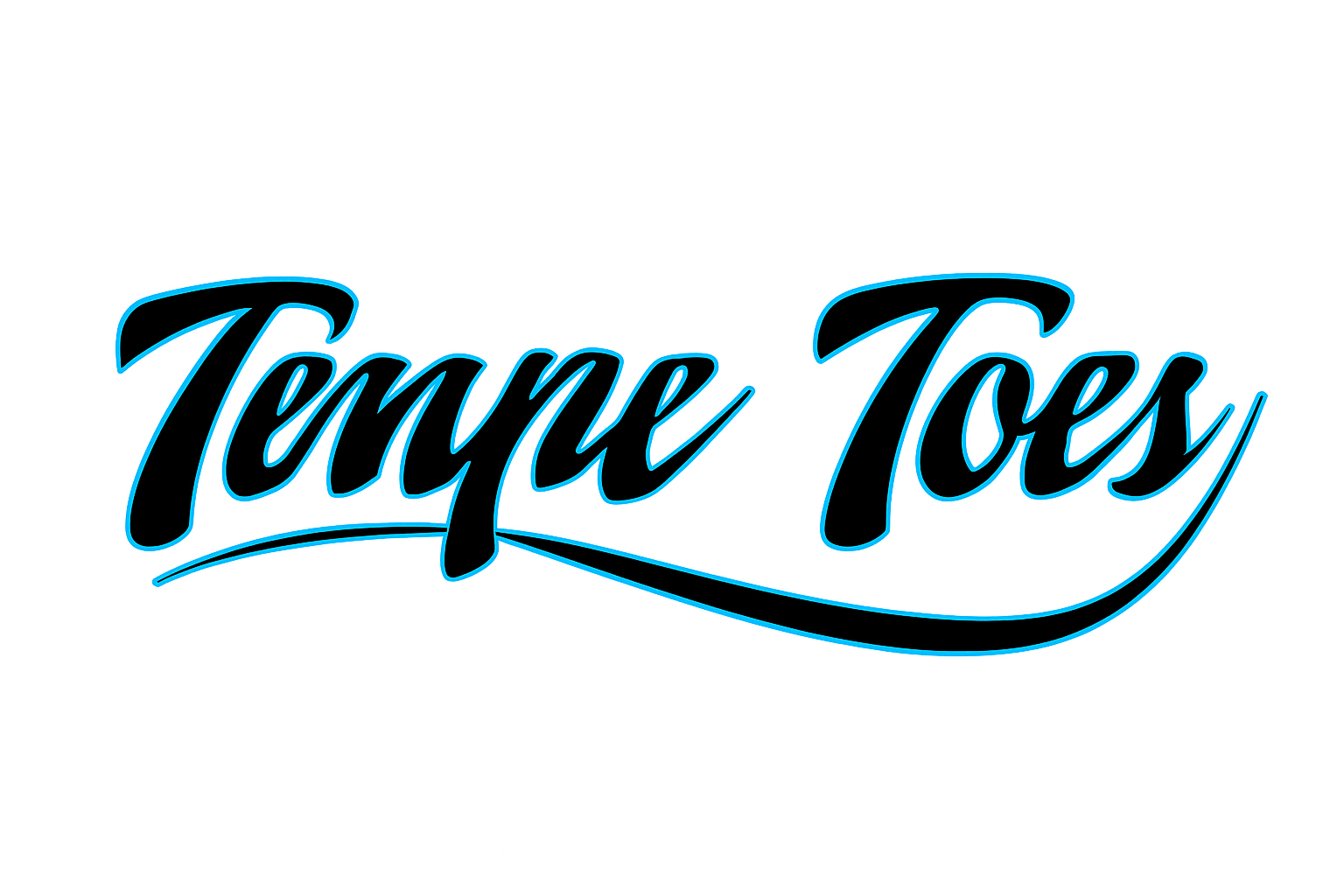In the fast-paced world of digital marketing, keyword optimization by Garage2Global has emerged as a critical weapon in the arsenal of savvy businesses. If you want to stand out online and connect with your target audience, mastering keywords is non-negotiable. Keywords are not just words; they are signals that guide potential customers to your website amid the vastness of content available today.
But how do you navigate this intricate landscape? Understanding the art and science behind keyword optimization can transform your approach to SEO from bland attempts into compelling strategies. Whether you’re starting from scratch or looking to elevate existing efforts, this journey promises insights that will enhance visibility and drive traffic like never before. Let’s dive deeper into the world of keyword optimization and discover how it can lead your brand from research to remarkable results!
Understanding the Importance of Keywords in SEO
Keywords are the backbone of SEO. They connect what people are searching for with the content you provide. Without them, your website may remain invisible in search engine results.
Choosing the right keywords can significantly impact your online visibility. They help search engines understand your content’s relevance to user queries. When users type specific phrases, optimized keywords ensure that they find you.
Think of keywords as a bridge between your audience and valuable information. Understanding their intent is crucial; it allows you to craft relevant content that resonates with users’ needs and questions.
Moreover, proper keyword usage enhances user experience by guiding visitors directly to desired solutions or products. This engagement often leads to higher conversion rates, making keyword optimization an essential strategy for any business looking to thrive online.
Conducting Keyword Research
Conducting keyword research is the foundation of any effective SEO strategy. It’s about finding the phrases your target audience uses when searching for information related to your business.
Start by brainstorming potential keywords that relate to your niche. Think from the perspective of your customers. What questions would they ask? What solutions are they seeking?
Next, leverage tools like Google Keyword Planner or Ubersuggest. These can help you discover search volume and competition levels for each keyword.
Don’t overlook local keywords if you’re targeting a specific area; they can drive significant traffic.
As you compile your list, consider user intent behind each term—informational, navigational, or transactional—and prioritize accordingly. This understanding will guide content creation that meets real needs and drives engagement.
Refine and update this list regularly as trends shift in search behavior and market demands change.
Analyzing and Utilizing Long-Tail Keywords
Long-tail keywords are phrases that typically consist of three or more words. They are highly specific and cater to niche audiences. These keywords often reflect what users intend to search for, making them invaluable in targeting the right audience.
Analyzing long-tail keywords involves understanding user intent. Tools like Google Keyword Planner and SEMrush can help identify these gems. Look for search volume trends and competition levels; lower competition usually indicates a better opportunity.
Utilizing long-tail keywords effectively can enhance content relevance. Integrate them naturally into your articles, blog posts, and product descriptions. This not only improves SEO but also ensures you speak directly to your audience’s needs.
Remember that even though they attract less traffic individually, cumulatively they can drive significant visitors to your site over time. Embracing this strategy sets the groundwork for building strong connections with potential customers searching exactly what you offer.
Implementing Keywords in On-Page Optimization
Effective implementation of keywords in on-page optimization is crucial for enhancing your content’s visibility. Start with the title tag; ensure it includes your primary keyword while remaining engaging.
Next, incorporate keywords naturally within the headings and subheadings. This not only helps search engines understand your content but also improves user experience.
Don’t forget about alt text for images. Using relevant keywords here boosts accessibility and enhances SEO potential.
Body text should feature keywords seamlessly to maintain readability. Aim for a density that feels organic rather than forced, as excessive usage can harm your ranking.
Consider meta descriptions. A well-crafted description containing target keywords can significantly increase click-through rates from search engine results pages (SERPs).
Measuring Success with Keyword Tracking Tools
Measuring success in keyword optimization is essential for understanding your SEO efforts. Keyword tracking tools provide insights into how well your chosen terms perform over time.
These tools monitor rankings and search volume, allowing you to see shifts in visibility. They can reveal which keywords drive traffic to your site and help identify opportunities for improvement.
By analyzing click-through rates (CTR), you can determine the effectiveness of your meta titles and descriptions. This data guides adjustments that enhance user engagement.
Regularly reviewing performance metrics keeps you informed about trending keywords relevant to your audience. You’ll be able to adapt quickly as search behaviors change.
Investing time in these analytics fosters a more strategic approach. It empowers content creators to refine their strategies based on real-time data rather than assumptions or guesswork.
Common Mistakes to Avoid in Keyword Optimization
One common pitfall in keyword optimization is overstuffing. While it might seem beneficial to load your content with keywords, search engines can penalize this practice. Aim for natural integration instead.
Ignoring user intent is another mistake. Keywords should resonate with what users are genuinely searching for. Focusing solely on high-volume terms may alienate your audience.
Neglecting long-tail keywords can also be detrimental. These phrases often have lower competition and higher conversion rates due to their specificity.
Don’t forget about local SEO if relevant to your business. Not incorporating geographical keywords can limit visibility in local searches.
Failing to regularly update your keyword strategy leads to stagnation. Trends shift constantly; staying adaptable ensures you remain relevant in the digital landscape.
Tips for Staying Up-to-Date with Keyword Trends
Staying ahead in keyword optimization requires ongoing vigilance. One effective way is to subscribe to industry newsletters. These provide timely updates on algorithm changes, emerging trends, and new tools.
Engage with SEO communities online. Platforms like Reddit or specialized forums can offer insights from professionals who share their latest findings and strategies.
Utilize social media as a resource for keyword trends. Follow thought leaders in the digital marketing space, as they often discuss evolving topics that can influence search behaviors.
Regularly check Google Trends for real-time data on what users are searching for. This tool allows you to see seasonal spikes and shifts in interest that could inform your content strategy.
Consider conducting surveys or polls within your target audience. Direct feedback can reveal specific keywords they’re using and help tailor your approach authentically.
Case Studies of Successful Keyword Optimization Strategies
Case studies provide a glimpse into the effectiveness of strategic keyword optimization. One notable example comes from an e-commerce site that focused on niche keywords related to eco-friendly products. Through meticulous research, they identified long-tail keywords with low competition yet high search intent, leading to a 50% increase in organic traffic within three months.
Another compelling case is a local service provider that revamped its content strategy by incorporating geo-specific keywords. By targeting phrases like “best plumbing services in [City Name],” they climbed the local rankings and saw a significant uptick in consultation requests.
A tech blog utilized seasonal keyword trends effectively. They created timely content around trending topics which drew substantial traffic spikes during product launch periods. This proactive approach not only boosted visibility but also enhanced user engagement across their platforms.
Conclusion: The Power of Proper Keyword Optimization
Keyword optimization by Garage2Global is more than just a technical aspect of SEO; it’s the backbone of effective online marketing. By understanding how to research, analyze, and implement keywords strategically, businesses can significantly enhance their visibility and engagement.
Being meticulous in keyword selection and placement ensures that your content reaches the right audience at the right time. The digital landscape is ever-changing, so staying informed about trends allows you to adapt your strategies continuously.
Mistakes are part of the learning process, but avoiding common pitfalls can accelerate success. Utilizing tools for tracking performance helps refine your approach over time.
Mastering keyword optimization opens doors to new opportunities in driving traffic and boosting conversions. Embracing this knowledge empowers brands to connect with their customers meaningfully while strengthening their online presence.






